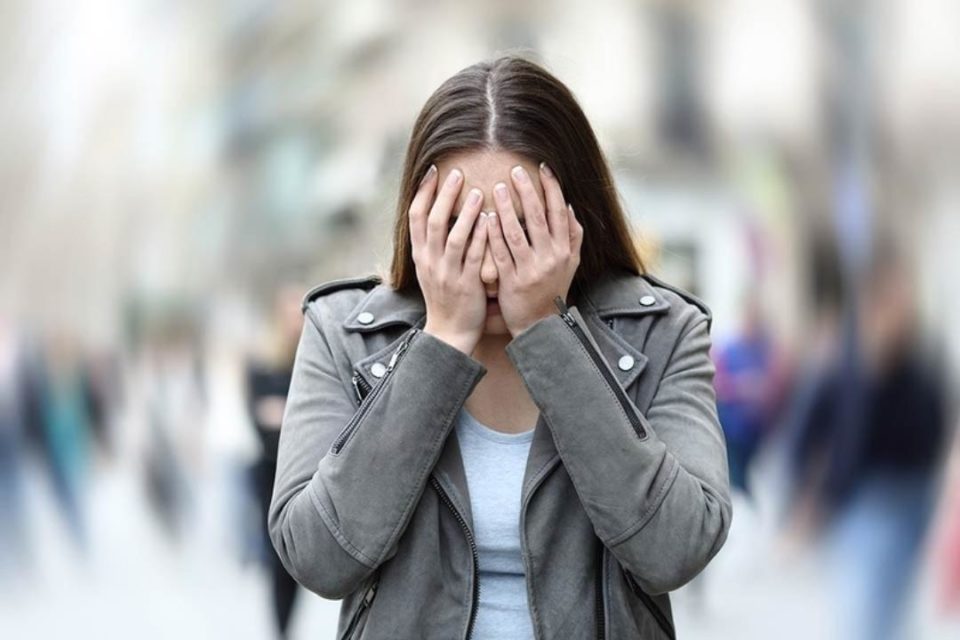Social anxiety, also known as social anxiety disorder (SAD), is a common mental health condition characterized by an intense fear of social situations and a persistent worry about being judged, criticized, or embarrassed. This article aims to provide a comprehensive understanding of social anxiety, including its definition, symptoms, causes, impact on daily life, and effective strategies for overcoming this challenging condition.
Defining Social Anxiety
- Definition:
- Social anxiety is a chronic mental health condition where individuals experience intense anxiety and fear in social situations.
- It extends beyond normal shyness, significantly impacting one’s ability to engage in everyday activities and build meaningful connections.
- Key Features:
- Excessive Fear: Individuals with social anxiety fear negative evaluation or judgment by others, often anticipating embarrassment or humiliation.
- Avoidance: People with social anxiety may go to great lengths to avoid social situations, which can interfere with daily life and hinder personal and professional growth.
Symptoms of Social Anxiety
- Physical Symptoms:
- Blushing: Face and neck may turn red in social situations.
- Trembling: Hands or voice may shake.
- Sweating: Profuse sweating, especially in the palms.
- Cognitive Symptoms:
- Excessive Worry: Persistent worry about upcoming social events.
- Negative Self-Talk: Engaging in self-critical thoughts and imagining worst-case scenarios.
- Behavioral Symptoms:
- Avoidance: Steering clear of social situations or events.
- Limited Eye Contact: Difficulty maintaining eye contact with others.
- Physical Discomfort: Restlessness, fidgeting, or freezing in social situations.
Causes of Social Anxiety
- Biological Factors:
- Genetics: A family history of anxiety disorders may increase the risk of developing social anxiety.
- Brain Chemistry: Imbalances in neurotransmitters, such as serotonin, can contribute to social anxiety.
- Environmental Factors:
- Negative Experiences: Traumatic or negative social experiences, such as bullying or public embarrassment, can contribute to the development of social anxiety.
- Family Environment: Growing up in an overprotective or critical family environment may increase vulnerability.
- Social Learning:
- Observational Learning: Witnessing others experiencing social anxiety or being overly critical in social situations can contribute to the development of similar behaviors.
Impact on Daily Life
- Interpersonal Relationships:
- Difficulty Forming Connections: Social anxiety can hinder the ability to form and maintain relationships.
- Limited Social Support: Individuals with social anxiety may struggle to seek support from others.
- Educational and Professional Implications:
- Academic Performance: Social anxiety may impact academic achievement due to fear of participation in class or group activities.
- Career Advancement: Avoidance of networking or public speaking opportunities can hinder professional growth.
- Mental Health Consequences:
- Isolation: Social anxiety may contribute to feelings of isolation and loneliness.
- Co-occurring Disorders: Social anxiety often coexists with other mental health conditions, such as depression or generalized anxiety disorder.
Effective Strategies for Overcoming Social Anxiety
- Cognitive-Behavioral Therapy (CBT):
- Exposure Therapy: Gradual exposure to feared social situations to reduce anxiety over time.
- Cognitive Restructuring: Identifying and challenging negative thought patterns associated with social anxiety.
- Mindfulness and Relaxation Techniques:
- Deep Breathing: Controlled, deep breathing to reduce physical symptoms of anxiety.
- Mindfulness Meditation: Cultivating present-moment awareness to manage intrusive thoughts and promote relaxation.
- Social Skills Training:
- Role-Playing: Practicing social interactions in a safe environment to build confidence.
- Communication Skills: Learning effective communication strategies to navigate social situations.
- Medication:
- Selective Serotonin Reuptake Inhibitors (SSRIs): Antidepressant medications can be prescribed to alleviate symptoms of social anxiety.
- Benzodiazepines: Short-term use of anti-anxiety medications for acute situations.
- Support Groups:
- Shared Experiences: Participating in support groups with individuals facing similar challenges can reduce feelings of isolation.
- Peer Support: Encouragement and understanding from peers who have overcome social anxiety can be empowering.
- Gradual Exposure and Goal Setting:
- Step-by-Step Approach: Gradually exposing oneself to increasingly challenging social situations.
- Setting Achievable Goals: Breaking down larger social goals into smaller, achievable steps.
- Professional Guidance:
- Therapeutic Relationship: Building a trusting relationship with a mental health professional to explore and address social anxiety.
- Treatment Planning: Collaboratively developing a personalized treatment plan to address specific needs and goals.
Conclusion
Social anxiety is a common yet challenging mental health condition that can significantly impact various aspects of an individual’s life. Recognizing the symptoms, understanding the underlying causes, and seeking professional help are crucial steps toward overcoming social anxiety. Effective strategies, including therapeutic interventions, mindfulness techniques, and support networks, empower individuals to navigate social situations with increased confidence and resilience. With patience, commitment, and ongoing support, individuals with social anxiety can gradually expand their comfort zones and build fulfilling, meaningful connections with others.










